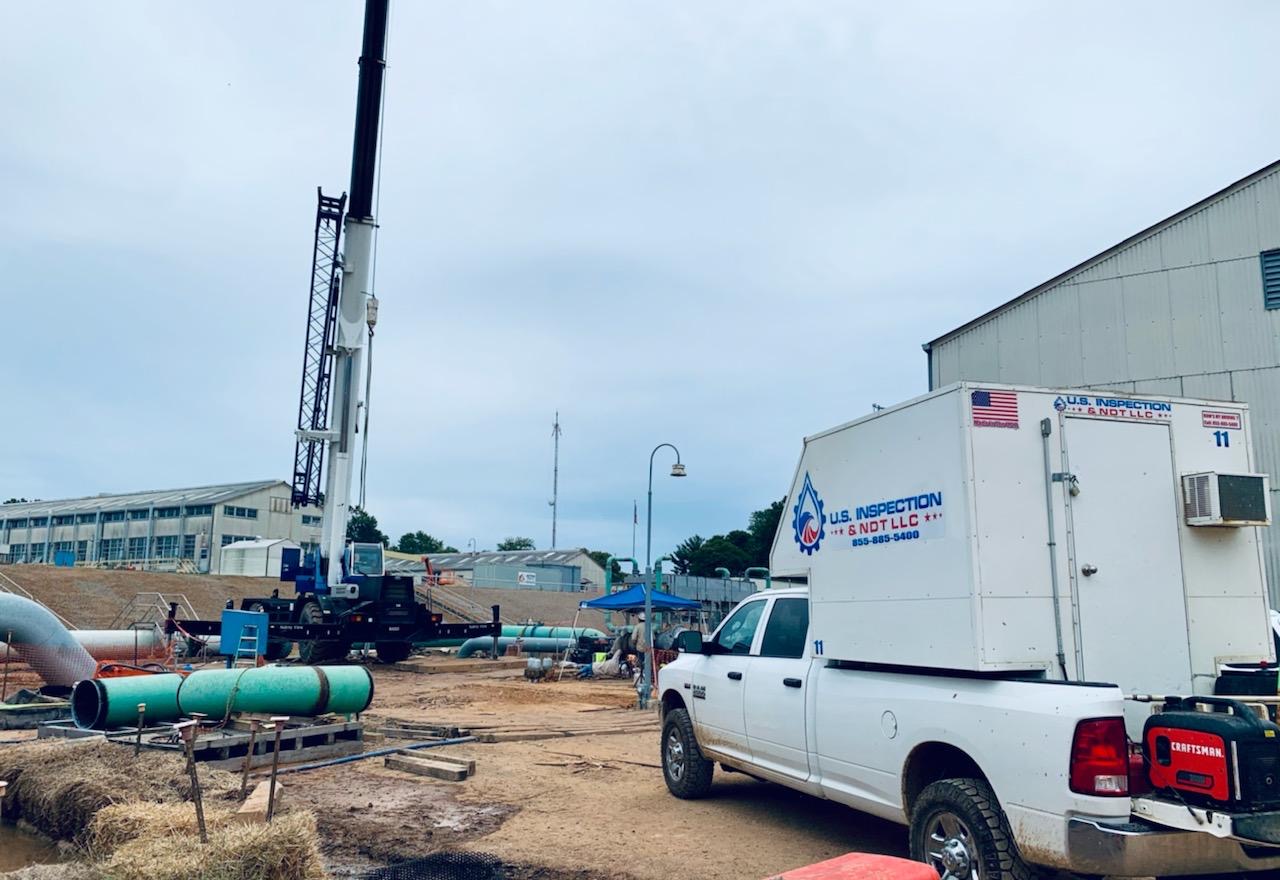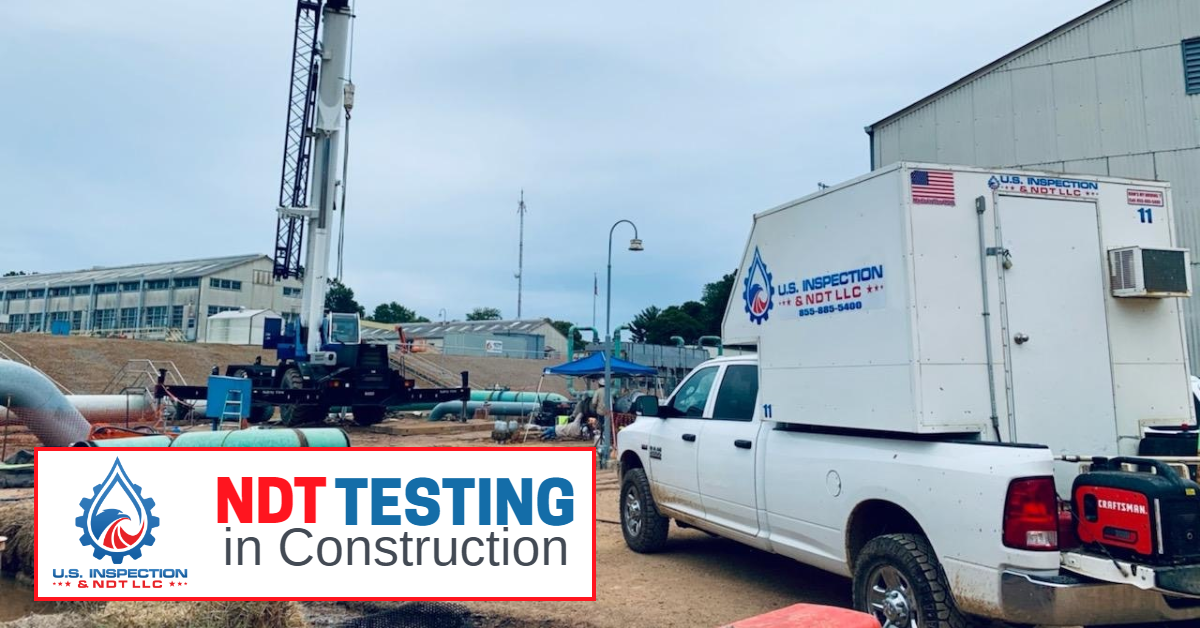
Nondestructive testing (NDT) technology is essential in the construction industry to ensure the quality of materials and joining processes used during fabrication and erection. NDT applications in construction are wide-ranging, from building diagnostics to concrete testing.
U.S. Inspection & NDT, LLC provides a full suite of construction inspection services, including advanced NDT services for both planned and emergency construction inspection and testing that meet all international standards.
Quality Management Services
Radiographic Testing
To get a better look, X-rays are passed through a component. This makes RT ideal for monitoring welds, piping, forgings, casts, pressure vessels, and valves, and for finding trouble spots in new and aging structures.
Ultrasonic Testing (UT)
UT is a highly accurate NDT method that can scan on and underneath the surface of materials to detect defects and measure thickness. UT is more sensitive to surface and subsurface issues than other NDT methods, and it has a superior depth of penetration for measurement and detection. UT is also safe and reliable. Test pieces do not need to be sectioned, cut, or exposed to chemicals, and UT does not pose the potential health hazards associated with processes like radiography. UT results are also highly repeatable.
Magnetic Particle Testing
Magnetic particle testing (MT) works by applying a magnetic field to the test object and then sprinkling it with finely ground iron particles. If any defects are present, the magnetic field will distort and attract the iron particles, revealing the location and size of the defect. MT is particularly useful for detecting small cracks and discontinuities, which can lead to fatigue and failure of the part. It is also used to inspect welds for defects, such as lack of fusion, porosity, and slag inclusions.
Liquid Penetrant Testing
Liquid penetrant testing (PT) is one of the most sensitive NDT methods for detecting surface discontinuities, regardless of the configuration of the test object or orientation of the discontinuity. PT can quickly examine all accessible surfaces of objects using relatively inexpensive, unsophisticated equipment. Small areas may be tested using portable equipment, or large batches and parts may be processed through dedicated testing systems. It is particularly well-suited for inspecting critical components that are subject to high loads or stresses.

